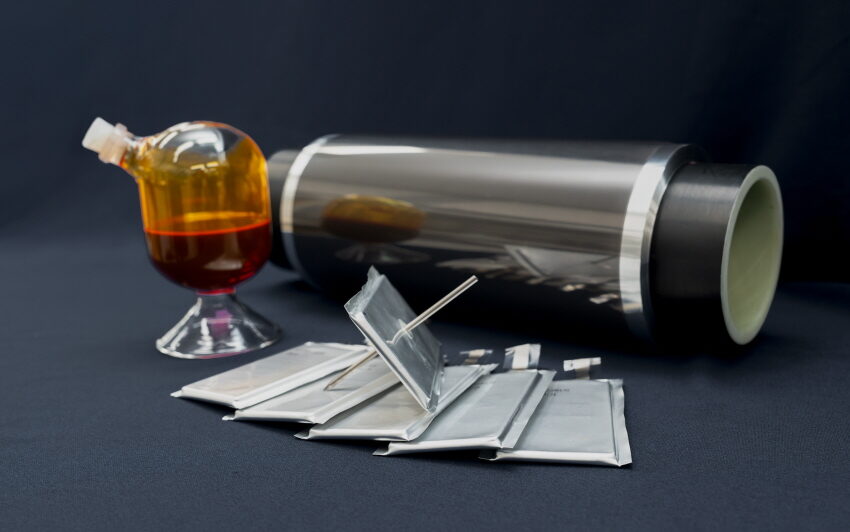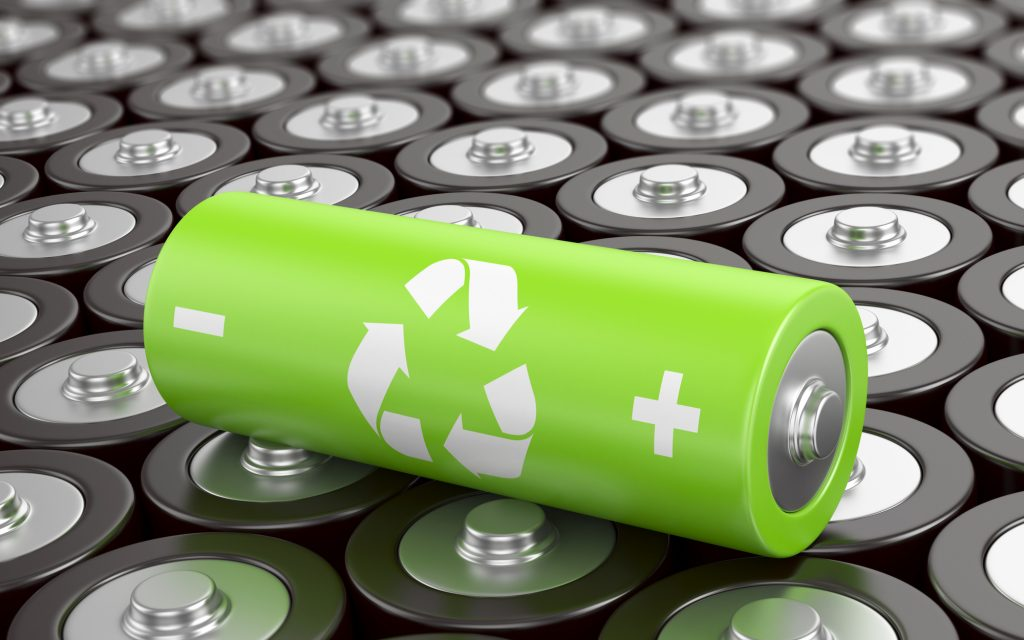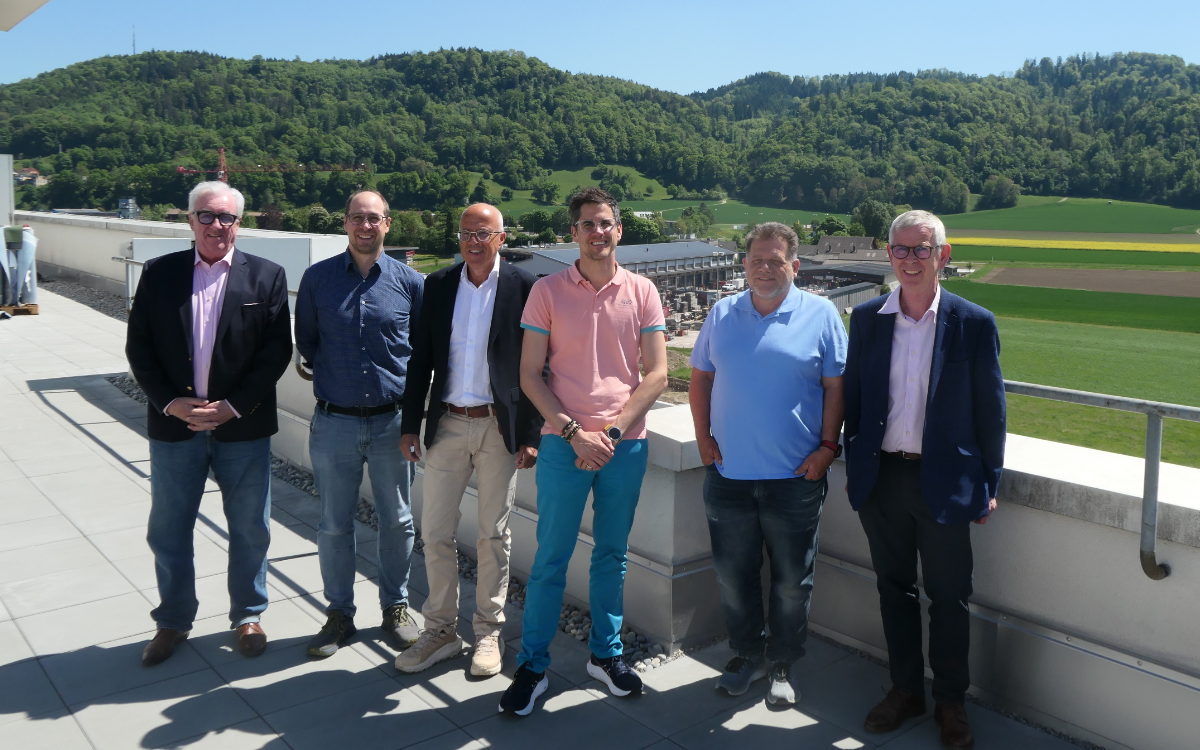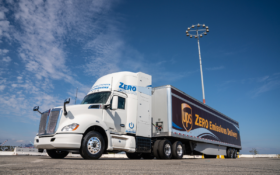LG Chem, the South Korean chemicals company, claims to have found a key to suppressing thermal runaway in batteries.
It said on 1 October its R&D team has developed a temperature-responsive ‘safety reinforced layer’ (SRL) material designed to suppress thermal runaway. The research findings were published online in the September edition of Nature Communications scientific journal.
LG Chem’s composite material changes its electrical resistance based on temperature. It acts as a ‘fuse’ that blocks the flow of electricity in the early stages of overheating. The material is 1μm thick and is positioned between the cathode layer and the current collector in the battery.
When the battery’s temperature rises beyond the normal range, between 90°C and 130°C, the material reacts to the heat, altering its molecular structure and effectively suppressing the flow of current, it said.
The material was analysed in collaboration with Prof. Lee Minah’s team at the Department of Battery Science at Pohang University of Science and Technology. Safety verification was conducted in partnership with LG Energy Solution.
The material is highly responsive to temperature, it claimed, with its electrical resistance increasing by 5,000 ohms for every 1°C rise in temperature. “The material’s maximum resistance is over 1,000 times higher than at normal temperatures, and it also features reversibility, meaning the resistance decreases and returns to its original state, allowing the current to flow normally again once the temperature drops,” it added.
In both battery impact and penetration tests, the batteries equipped with the thermal runaway suppression material either did not catch fire at all or extinguished the flames shortly after they appeared, preventing a full-blown thermal runaway event, according to LG Chem.
Lee Jong-gu, CTO of LG Chem, said: “This is a tangible research achievement that can be applied to mass production in a short period of time. We will enhance safety technology to ensure customers can use electric vehicles with confidence and contribute to strengthening our competitiveness in the battery market.”












